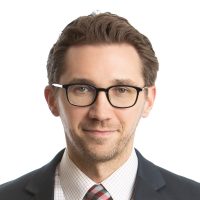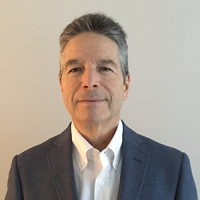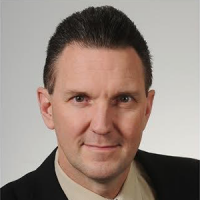Our Board

C.C. (Kip) Woodward
Board Chair
He is on a number of private sector boards and has spent decades helping his community by sitting on a number of non-profit and government boards, including: serving as past Chair of Vancouver Coastal Health Authority, more than 20 years in health governance with St. Paul’s Hospital and its Foundation, as well as Providence Health Care. He is a Director of the Mr. and Mrs. P.A. Woodward Foundation, past Chair of The Nature Trust of BC, past Chair of Brentwood College School and is a past member of the Provincial Judicial Council.
Kip is committed to the not-for-profit sector, helping young entrepreneurs and driving strategy for start-ups and mature businesses. In his spare time, he enjoys spending time fishing, hiking and skiing.

Scott Hennig
Director

Tracy Johnson
Director
Tracy Johnson has been an entrepreneur since she was 26 with her first business in Vancouver, B.C. in 1997. She expanded to having 5 restaurants in Edmonton, Calgary and the Turks and Caicos over the following 10 years. While there was an evolution of these businesses over the years, she has been keenly aware of the highs and lows – including hosting Alberta House at the Vancouver 2010 Olympics. Tracy’s interests have evolved from being operational to becoming a small business advocate fighting high taxes and government overregulation.
Tracy earned a BSc (Honours) in Food Science and Nutrition at the University of Western Ontario and went on to her MBA at St. Mary’s University in Halifax, Nova Scotia. She is involved in several charities including hosting a yearly fundraiser for the Calgary Ronald MacDonald House.

Steven Muchnik
Director
Born and raised in Ontario, Steven successfully founded and sold three businesses in manufacturing in perishable deli, frozen and shelf stable bakery categories.
He has an honours degree in political science from York University and is passionate about public policy and financial planning. Steven is an avid sports fan; both as a spectator and as a participant in recreational shinny, swimming and spinning.

Walter Robinson
Director
Walter Robinson was born and raised in Toronto then lived for 35 years in Ottawa where he earned an Honours Bachelor of Commerce degree from Carleton University. His public affairs career has included progressive roles of leadership in the public, private and not-for-profit sectors.
He has served as the Federal Director of the Canadian Taxpayers Federation, sought federal public office as a MP-candidate and participated as member of PM’s debate team twice, was the Chief of Staff to the Mayor of Ottawa, and presently runs his own public affairs consultancy with a focus on the life sciences ecosystem and #AIinHealthcare. He is a champion for #patients and #patientadvocacy in #cndhealth.
Walter has been accorded several civic honours for his diverse record of community service which is punctuated by his passion for governance roles in health systems delivery and three decades of fundraising for leading-edge cancer research. He presently lives in Montreal.

Dr. Jamil Ahmad
Director
Dr. Jamil Ahmad is a plastic surgeon who practices in Mississauga, Ontario, Canada. Dr. Ahmad completed an Honours Bachelor of Science degree at the University of Toronto, followed by medical school at the Royal College of Surgeons in Ireland.
He completed his plastic surgery residency training at the Department of Plastic Surgery, University of Texas Southwestern Medical Center at Dallas. In addition, he completed a fellowship in breast reconstruction at the Division of Plastic and Reconstructive Surgery, University of Toronto.
Dr. Ahmad has served in many leadership and governance positions. He is Vice President on the Executive Committee of the Board of Directors of the Aesthetic Society, the largest professional society for board certified plastic surgeons specializing in aesthetic plastic surgery. Dr. Ahmad is President on the Board of Directors of the Canadian Society for Aesthetic Plastic Surgery and President on the Board of Directors of the Rhinoplasty Society. He is also the Past Chair of the Section on Plastic Surgery of the Ontario Medical Association.
Dr. Ahmad has authored more than 180 articles and chapters in plastic surgery. He is the Body Contouring Section Editor on the Editorial Board for Aesthetic Surgery Journal. He co-authored both the 3rd and 4th Editions of Dallas Rhinoplasty: Nasal Surgery by the Masters, Secondary Rhinoplasty: By the Global Masters, and The Dallas Rhinoplasty and
Dallas Cosmetic Surgery Dissection Guide.


